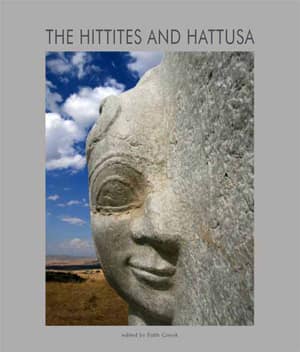49,00
+ %0
|<i class="fa fa-eur"></i> 505,21 Discount
59,00
49,00
ISBN-ISSN
:
9789756445228
Brand
:
A Turizm Yayınları
184 pp, 270 color figures, hb, in English.
In addition to the Hittite capital Hattusa the book includes detailed study, pictures and plans of some other sites like Yazılıkaya, Alaca Höyük, Kanes/Nesa (Kültepe) and Sarissa(Kuşaklı Höyük). The Neo-Hittite sites like Karkamis, Azatiwataya or Yesemek and some rarely-visited Hittite reliefs are also included.
Sometime in the 1650s BC, a noble clan, who would in our time be named Hittites, making Hattusa its capital, brought together the small independent Anatolian city kingdoms. In a short period and for the first time in the history of the peninsula, it became a kingdom strong enough to challenge the other world kingdoms of the Late Bronze Age, namely Mycenaeans, Egypt, Mitanni/Hanigalbat, Babylonia and the later Assyria. The difficulty of bringing together so many principalities of different size, ethnicity and language under the same flag and competing with well-established sophisticated cultures of the time is evident in the Hittite history and culture. Centred in the large curve of the Halys, which they called the Marasantiya, they had loose frontiers, their longest extending from the Aegean to the other side of the Euphrates (Hittite Mala) and from the Pontic Mountains to the Mediterranean and the source of the Orontes River. The rock-reliefs, which are still spread all around the country, show the routes by which their armies campaigned. The artifacts of their unsophisticated material culture are among the most interesting items of many museums. In Turkey, even if the traveller may not have the chance to visit their capital Hattusa, the name of the Hittites greets him at every turn.
